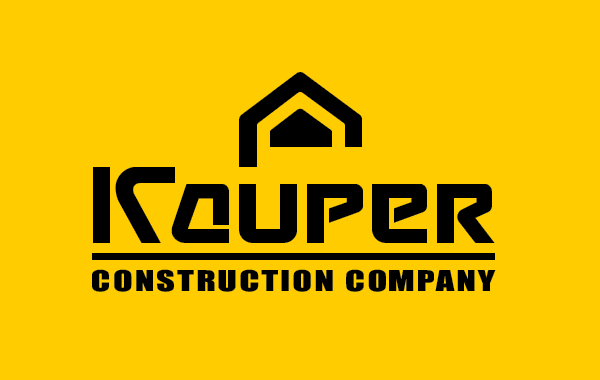Energy-Efficient Solutions for Office Buildings: From Lighting to Heating Systems

Energy efficiency is becoming an increasingly important aspect of modern construction and office building management. Implementing energy-efficient solutions can significantly reduce energy costs, improve environmental performance, and enhance employee comfort. In this article, we will explore various energy-efficient solutions for office buildings, including lighting, heating systems, ventilation, and air conditioning (HVAC).
1. Energy-Efficient Lighting
LED Lighting
Replacing traditional incandescent bulbs with LED bulbs can significantly reduce energy consumption. LED bulbs use 75% less energy and have a much longer lifespan.
Smart Lighting Systems
Using motion and daylight sensors can automatically adjust lighting based on occupancy and natural light levels. This reduces electricity costs and enhances employee comfort.
Utilizing Natural Light
Maximizing the use of natural light through windows, skylights, and glass partitions can significantly reduce the need for artificial lighting. This also creates a more pleasant and healthier work environment.
2. Heating, Ventilation, and Air Conditioning (HVAC) Systems
Energy-Efficient Heating Systems
Installing energy-efficient boilers and heat pumps can reduce heating costs for the building. Using modern temperature control systems allows for optimizing energy consumption while maintaining a comfortable indoor climate.
Smart Thermostats
Smart thermostats automatically adjust the office temperature based on the time of day and occupancy. This helps reduce heating and cooling costs.
Heat Recovery Systems
Heat recovery systems use the heat that is normally lost through ventilation to warm the fresh air entering the building. This can significantly reduce heating costs.
3. Ventilation and Air Conditioning
Utilizing Natural Ventilation
Natural ventilation, provided by open windows and ventilation shafts, can reduce the need for mechanical ventilation. This not only decreases energy costs but also improves indoor air quality.
Energy-Efficient Air Conditioners
Modern energy-efficient air conditioners consume less energy than traditional models and can operate more efficiently. Regular maintenance of air conditioning systems is also important to ensure their maximum efficiency.
Smart HVAC Management Systems
Using smart HVAC management systems allows for optimizing the operation of heating, ventilation, and air conditioning systems, providing comfortable office conditions with minimal energy costs.
4. Energy-Efficient Building Materials and Technologies
Insulation
High-quality insulation for walls, roofs, and floors helps retain heat in the winter and cool air in the summer, reducing the need for heating and cooling. Using high-efficiency insulation materials is an important step in reducing energy consumption.
Energy-Efficient Windows and Doors
Installing energy-efficient windows and doors with double or triple glazing helps reduce heat loss and increase the building's energy efficiency. These windows also provide better sound insulation and protection from UV radiation.
Green Roofs and Facades
Green roofs and facades help reduce building temperature, decrease the need for air conditioning, and improve insulation. They also contribute to improving the environmental condition of the surrounding area.
5. Renewable Energy Sources
Solar Panels
Installing solar panels on office building roofs allows for using solar energy to generate electricity. This reduces dependence on traditional energy sources and lowers electricity costs.
Geothermal Systems
Geothermal systems use the Earth's heat for heating and cooling the building. This is one of the most efficient and environmentally friendly ways to ensure a comfortable indoor climate.
Conclusion
Energy-efficient solutions for office buildings, from lighting to heating systems, play a crucial role in reducing energy costs and improving environmental performance. Using modern technologies and materials allows for creating a comfortable and healthy work environment that enhances employee productivity. Implementing energy-efficient solutions is an important step towards sustainable development and economic efficiency.

